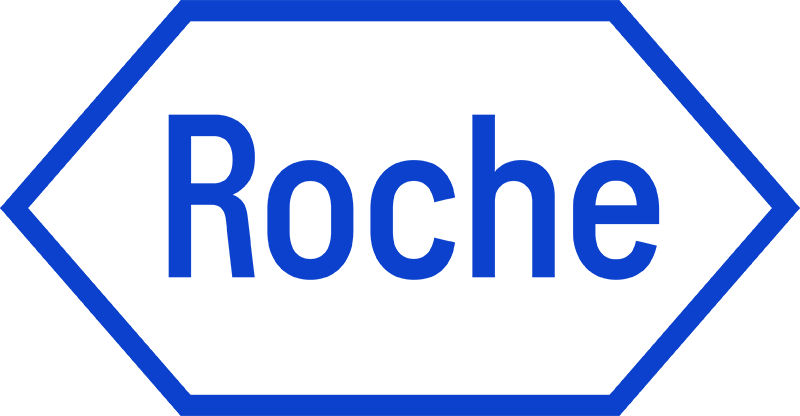HIV and AIDS continue to impact millions of people. By the end of 2020, 36.3 million people have died from AIDS-related illnesses since the start of the epidemic.1 In the same year, about 37.7 million people globally were living with HIV, of which about 6.1 million were not aware that they had the infection.
But this is, in fact, significant progress compared to earlier in the epidemic. If we look at the numbers over the years, there has been a 47% decline in AIDS-related deaths since 2010. New HIV infections have reduced by 52% since the peak in 1997.1 Much of this progress can be attributed to improved access to timely diagnosis, monitoring and proper treatment.
With the concerted effort from UNAIDS and partnerships with key organizations and businesses, the numbers are looking promising, and the objective of ending AIDS is realistic.


